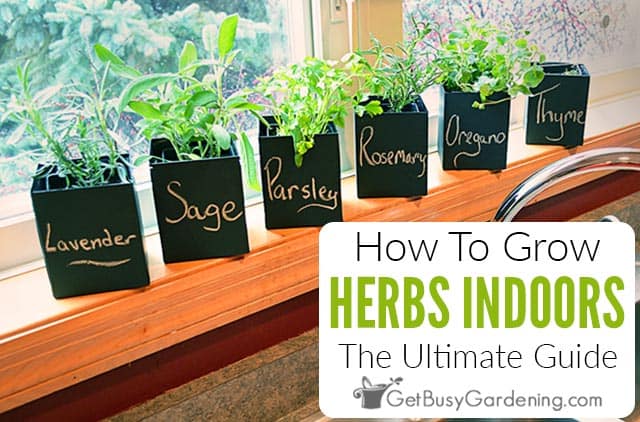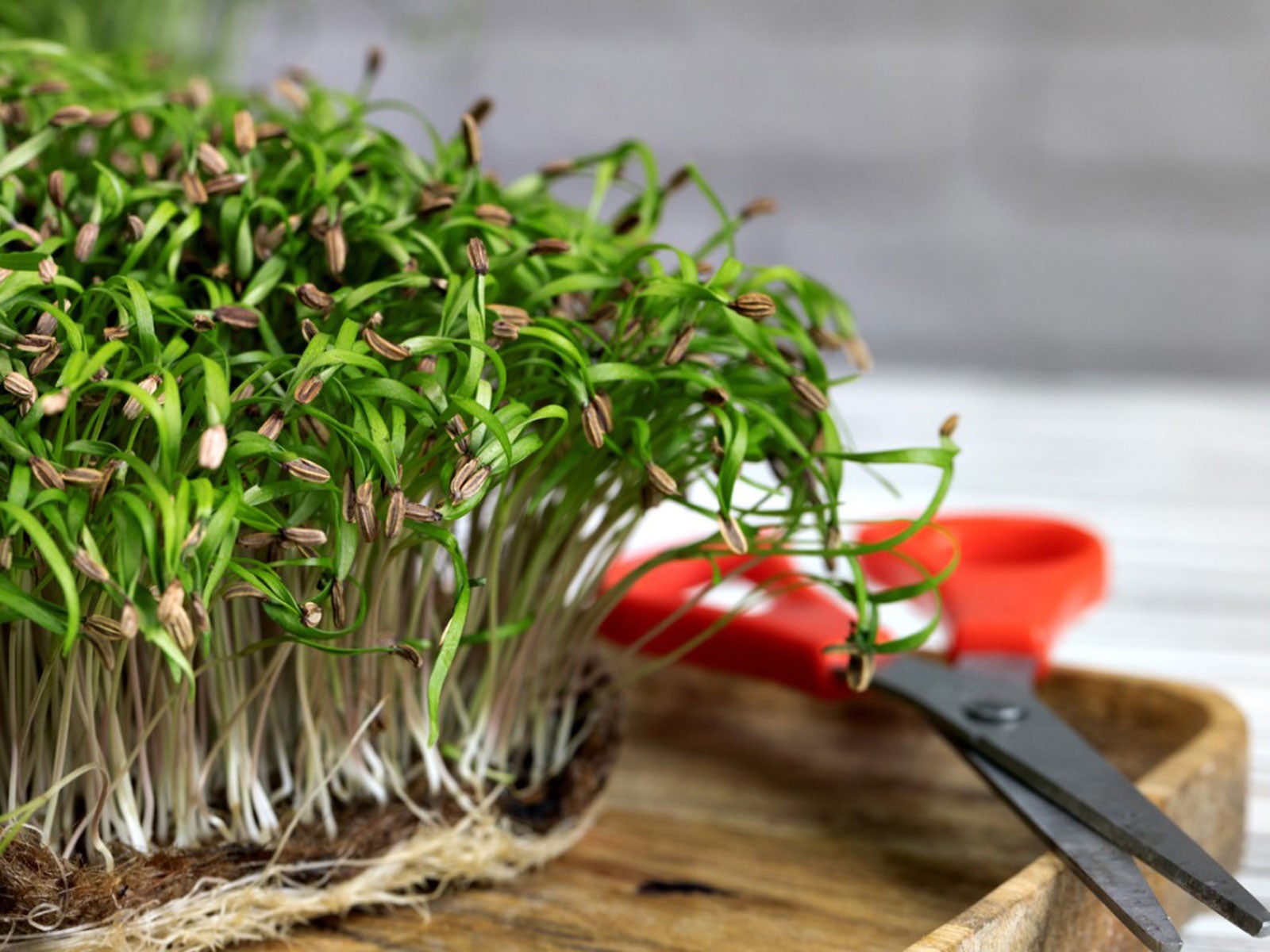How to Grow Herbs Indoors Without Sunlight: A Comprehensive Guide

Imagine transforming your home into a lush, fragrant oasis, filled with the aroma of fresh herbs. But what if you don't have access to natural sunlight? Contrary to popular belief, you can still cultivate a thriving indoor herb garden. Let's dive into the world of low light gardening and explore how to grow herbs indoors without sunlight.
The Magic of Indoor Herb Cultivation
Growing herbs indoors isn't just about adding a touch of green to your space; it's about creating a sustainable, edible garden right in your home. Whether you're an urban dweller with limited outdoor space or someone who simply wants to enjoy fresh herbs year-round, indoor herb cultivation is the perfect solution.
Understanding Low Light Gardening
Low light gardening is an art form that allows you to grow plants in environments with minimal natural light. This technique is ideal for those living in apartments, basements, or any space lacking direct sunlight. By using artificial light, you can mimic the conditions needed for plant growth, making it possible to grow herbs indoors without sunlight.
Essential Herb Growing Tips for Success
Choosing the Right Herbs
Not all herbs are created equal when it comes to low light conditions. Some herbs thrive in indirect light, making them perfect candidates for your windowless herb garden. Herbs like mint, parsley, and chives are excellent choices for indoor cultivation.
The Power of Artificial Light
Artificial light is the key to growing herbs indoors without sunlight. LED grow lights are a popular choice due to their energy efficiency and ability to provide the full spectrum of light needed for plant growth. Position your grow lights about 6-12 inches above your herbs and ensure they receive 14-16 hours of light daily.
Soil and Watering Tips
Using the right soil is crucial for indoor herb cultivation. Opt for a well-draining potting mix specifically designed for herbs. When it comes to watering, consistency is key. Water your herbs when the top inch of soil feels dry to the touch. Overwatering can lead to root rot, so be mindful of your watering schedule.
Setting Up Your Indoor Herb Garden
Selecting the Right Containers
Choosing the right containers for your herbs is essential. Opt for pots with drainage holes to prevent waterlogging. Terracotta pots are a great choice as they allow for better air circulation, which helps prevent root rot.
Creating the Perfect Environment
Creating a controlled environment is crucial for successful indoor herb cultivation. Maintain a consistent temperature between 65-75°F (18-24°C) and ensure good air circulation. A humidity level of around 40-50% is ideal for most herbs.
Artificial Light Herbs: A Step-by-Step Guide
- Choose Your Herbs: Select herbs that thrive in low light conditions, such as mint, parsley, and chives.
- Prepare Your Containers: Fill your pots with a well-draining potting mix.
- Plant Your Herbs: Gently place your herb seedlings or seeds into the soil, ensuring they are at the correct depth.
- Position Your Grow Lights: Place your grow lights 6-12 inches above your herbs.
- Set a Lighting Schedule: Provide your herbs with 14-16 hours of artificial light daily.
- Water Consistently: Water your herbs when the top inch of soil feels dry.
- Monitor and Adjust: Keep an eye on your herbs and adjust your care routine as needed.
The Benefits of Growing Herbs Indoors
Fresh Herbs Year-Round
One of the most significant benefits of growing herbs indoors is having access to fresh herbs year-round. Whether you're cooking a gourmet meal or brewing a cup of herbal tea, you'll always have fresh herbs at your fingertips.
Improved Air Quality
Indoor plants, including herbs, can help improve air quality by absorbing toxins and releasing oxygen. This makes your indoor herb garden not only a source of fresh ingredients but also a natural air purifier.
Therapeutic Benefits
Gardening, even on a small scale, can have therapeutic benefits. Caring for your indoor herb garden can reduce stress, improve mood, and provide a sense of accomplishment.
Conclusion
Growing herbs indoors without sunlight is not only possible but also incredibly rewarding. With the right herbs, artificial light, and a bit of care, you can transform your home into a lush, fragrant oasis. So, why wait? Start your indoor herb garden today and enjoy the benefits of fresh herbs year-round.
FAQs
What are the best herbs to grow indoors without sunlight? Herbs like mint, parsley, and chives thrive in low light conditions, making them ideal for indoor cultivation.
How much artificial light do herbs need? Herbs generally need 14-16 hours of artificial light daily to grow well indoors.
What type of soil is best for indoor herb cultivation? A well-draining potting mix specifically designed for herbs is ideal for indoor cultivation.
How often should I water my indoor herbs? Water your herbs when the top inch of soil feels dry to the touch. Consistency is key to prevent overwatering.
What temperature is ideal for growing herbs indoors? Maintain a consistent temperature between 65-75°F (18-24°C) for optimal herb growth.


0 Response to "How to Grow Herbs Indoors Without Sunlight: A Comprehensive Guide"
Post a Comment